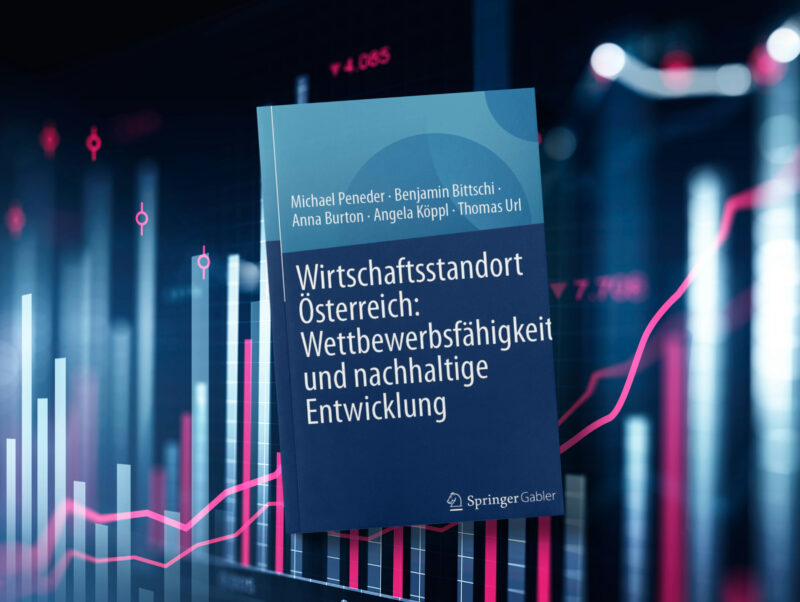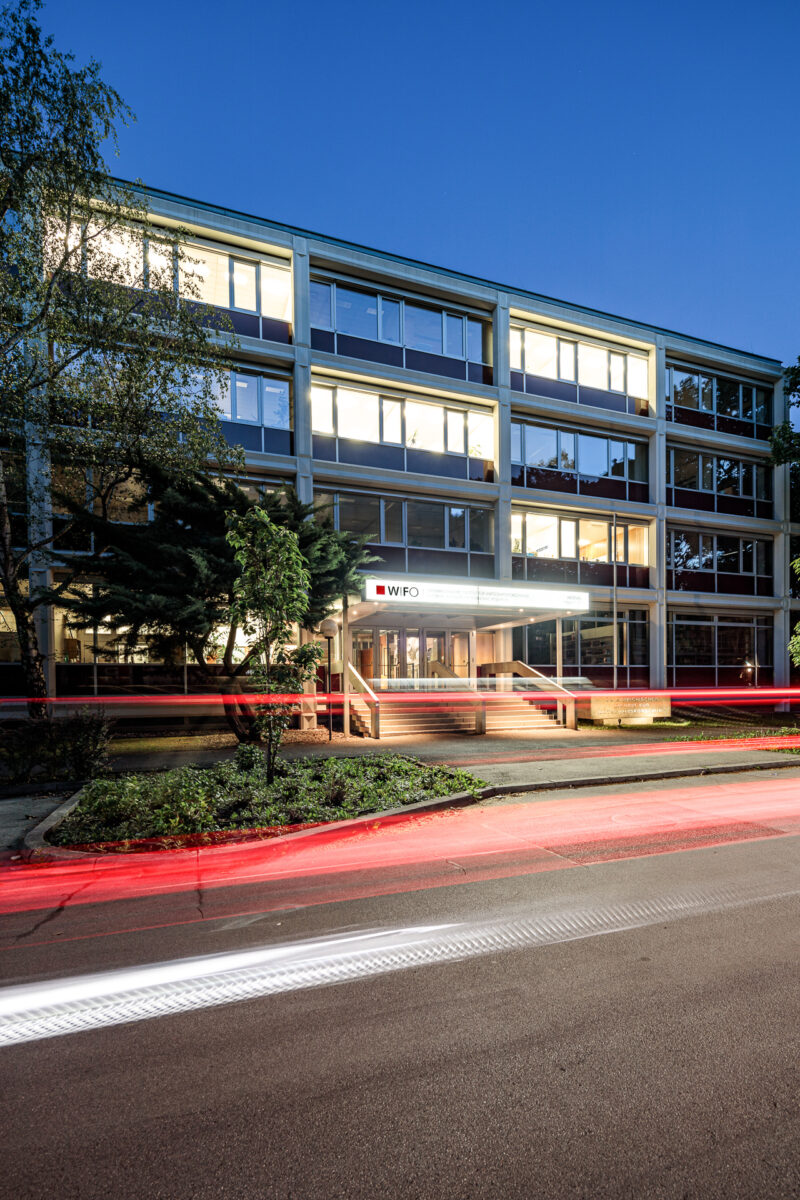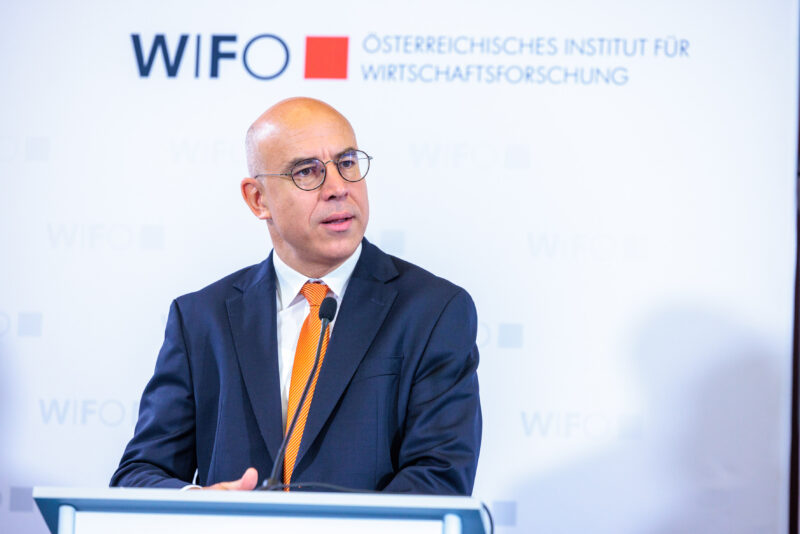
High Uncertainty and Reluctance to Spend Weigh on Retail Trade
The domestic business cycle remains weak. According to the latest calculations of the Weekly WIFO Economic Index (WWWI), total economic activity fell by ¼ percent in August 2024 and stagnated in September and the first half of October.
After the sharp slump in June, the retail trade sector recently bottomed out again and saw a slight increase (July 2024 nominal +1.0 percent, real –0.3 percent compared to the previous year; August 2024 nominal +1.4 percent, real +0.5 percent, preliminary figure). Increased sales in the retail sale of food, beverages and tobacco once again made a positive contribution, while non-food sales fell slightly in real terms.
Inflation continues to fall. In September 2024, inflation stood at 1.8 percent (CPI and HICP) and was therefore roughly in line with the euro area average (1.7 percent).
After deteriorating since June, the survey results of domestic retail companies have recently recovered slightly (September +3.1 points to –8.4 points). This applies to both the assessment of the current situation and the assessment of future developments. Despite the (slight) improvement in sentiment, pessimistic responses continue to predominate among the companies surveyed.
Compared to Germany, however, sentiment in the retail trade, as measured by the European Commission's economic sentiment indicator, cooled more sharply in September (Austria –6.1 points, Germany –1.8 points). Looking at the trend over the last three months, however, pessimism is similarly pronounced in both countries.
After a gradual improvement in the first half of the year, the sentiment among domestic households has not brightened any further recently. There is a high degree of uncertainty among consumers, similar to the data for German households.
The uncertainty among domestic consumers is reflected in the current survey on several levels: the assessment of the household's financial situation (both in the past and coming 12 months) has deteriorated on balance. Respondents are also more pessimistic when it comes to major purchases in the next 12 months. This is also reflected in the steady rise in the expectation of rising unemployment, where this index value has currently climbed to a level last seen in 2020-21.
Private households are also likely to remain cautious for the rest of the year, meaning that private consumer spending will stagnate this year and not increase again until 2025. Despite the recent strong wage growth, uncertainty regarding the economic environment and rising unemployment are encouraging people to precautionary savings. The savings rate is expected to rise to 11.4 percent in 2024 (2025: 11.5 percent).
On the labour market, the number of unfilled vacancies in both the retail trade and the total economy fell again and was down 23.3 percent year-on-year in the retail trade in September (–14 percent in the total economy). There are currently 10,774 vacancies (total economy 91,568) that cannot be filled promptly.
Publications
Please contact


















